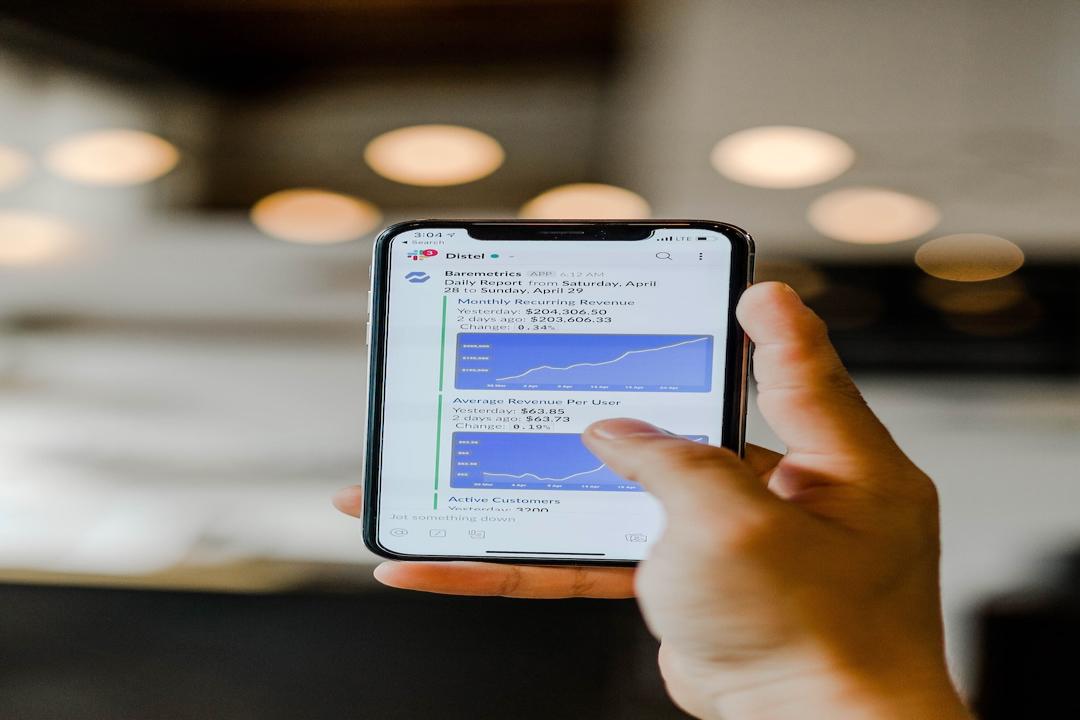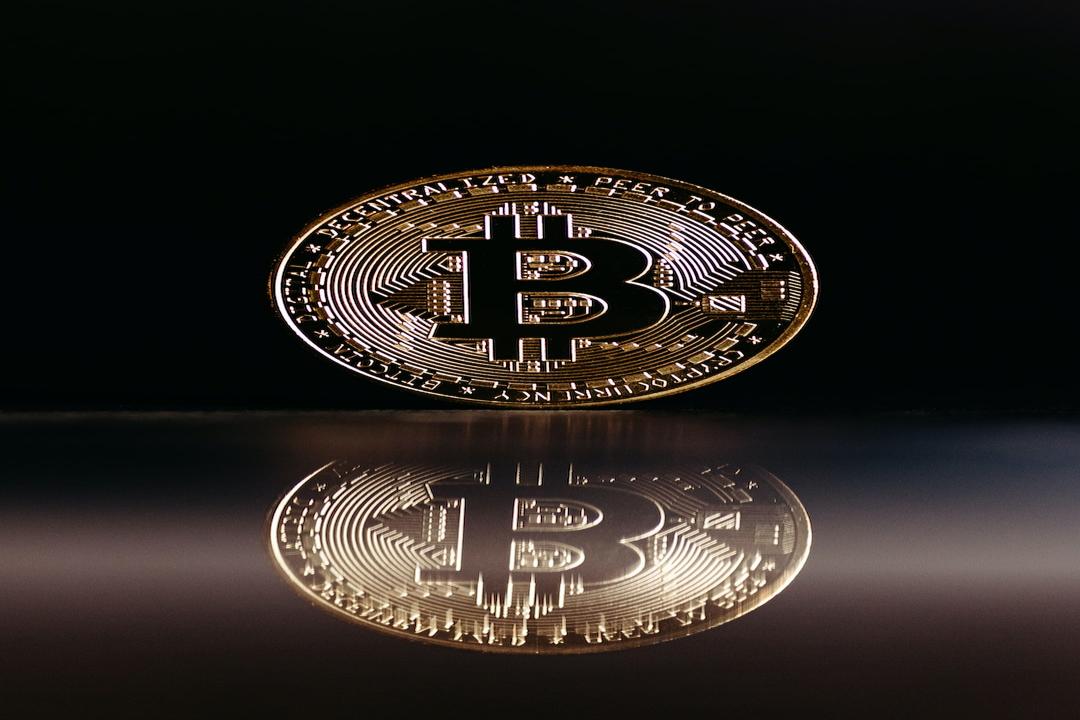Recently, a whale withdrew 14.43 million TRU tokens worth $2.45 million from Binance and pledged them on the TrueFi platform. This article will introduce TrueFi, analyze its advantages, and discuss its future prospects. The article is sourced from an article by DeMan, compiled, translated, and written by PANews.
Background Information on RWA Track:
Understanding TrueFi from Various Dimensions:
The Blessing of the Trinity Protocol and TRI Token: Can TrueFi achieve a qualitative change?
In the field of blockchain social media, projects are emerging rapidly, with each new platform trying to leave its mark in the Web3 world. Recently, TrueFi, as a new type of credit protocol, has attracted widespread attention. According to Lookonchain monitoring, an important message recently appeared: a large holder withdrew 14.43 million TRU tokens worth $2.45 million from Binance and pledged them on the TrueFi platform. This move not only highlights TrueFi’s influence in the digital asset field but also reflects the market’s recognition of its potential.
TrueFi is not just a credit protocol; it has recently launched the USD-based TRI token, aimed at promoting the real-world asset trading market. This innovation injects new vitality into TrueFi, making it a highly anticipated member in the digital asset field. With the growing market demand, TrueFi is redefining the rules of the credit market through its unique protocol and innovative products.

However, with the rapid development of TrueFi, it also faces many challenges. In this competitive field, how to maintain continuous innovation and user trust, as well as how to respond to market fluctuations and changes in the regulatory environment, will be key issues that TrueFi needs to overcome in its future development.
Next, this article will analyze in-depth the current market strategy and challenges of TrueFi and explore its potential and prospects in the Web3 social field.
In the DeFi field, the RWA (Real World Assets) track, as the front end of the digitization of traditional financial assets, is rapidly attracting the combination of capital and technology. Currently, the global RWA market size has exceeded billions of dollars and is expected to further grow in the coming years. According to the latest data and industry analysis:
Market size growth: The market size of the RWA track has grown from about $1 billion at the end of 2021 to over $3 billion in early 2023. This growth is mainly due to the continuous advancement of blockchain technology and the increasing demand for digital asset management and lending transparency worldwide.
Lending market potential: The lending market in the RWA track is growing rapidly. According to analysis, the annual growth rate of the lending market in the RWA track has exceeded 50% by 2023. This reflects the increasing desire of asset owners and capital providers for more efficient and transparent lending opportunities.
Industry trends and challenges: Although the RWA track shows enormous growth potential, its development still faces challenges such as regulatory uncertainty, asset auditing complexity, and security. With the continuous improvement of technology and legal frameworks, these challenges are gradually being alleviated, promoting wider market adoption and investment.
Overall, the vigorous development of the RWA track in the DeFi field reflects the profound impact of blockchain technology in the traditional financial field. TrueFi, as a representative of the RWA track, has successfully handled millions of lending transactions through its lending protocol. By 2023, the TrueFi platform has attracted capital from different regions around the world and provided efficient and secure lending solutions for borrowers and lenders.

With the promotion and innovation of platforms like TrueFi, the RWA track will continue to be an important channel for attracting global capital to the blockchain and injecting new energy into the progress and innovation of the future financial market.
1. Introduction and Unique Advantages of TrueFi:
TrueFi is a modular on-chain credit infrastructure that connects lenders, borrowers, and portfolio managers through smart contracts governed by the $TRU token. It is a DeFi uncollateralized lending protocol developed by the TrustToken team (now renamed Archblock), aiming to provide infrastructure for the digital asset credit market.
TrueFi seamlessly connects lenders, borrowers, and portfolio managers through smart contracts managed by the TRU token. Lenders can borrow cryptocurrencies at predictable loan rates without the need for collateral, unlike platforms like Aave, Compound, and Venus.
2. Advantages of the Uncollateralized Lending Model:
Compared to the traditional overcollateralized lending model, TrueFi provides a more flexible and widely applicable solution. Traditional DeFi lending platforms usually execute transactions through overcollateralization, which means borrowers need to provide collateral far exceeding the loan amount, resulting in low asset utilization and increased liquidation risks. Additionally, overcollateralization requires borrowers to hold a large amount of crypto assets, which is not user-friendly for those outside the crypto circle.
TrueFi’s uncollateralized lending implements credit assessment through a decentralized autonomous organization (DAO) model. Borrowers submit loan applications, undergo audits by the TrustToken team, and enter the whitelist, after which TRU token holders vote to decide whether to grant the loan. This model not only reduces intermediary risks but also utilizes collective wisdom for decision-making, enhancing platform transparency and trust.
3. Highly Transparent and Automated Lending Process:
In terms of transparency, TrueFi emphasizes that all lending transaction details are publicly traceable on the blockchain, including interest rates, repayment conditions, and transaction history. This transparency enhances user trust in the platform, improving overall market stability and development. At the same time, TrueFi’s automated process makes lending transactions more efficient, reducing uncertainties caused by human intervention.
4. Integration with the DeFi Ecosystem, Providing Diversified Financial Options:
TrueFi also provides users with more financial options and investment opportunities by integrating multiple elements in the DeFi ecosystem, such as decentralized exchanges and stablecoins. This integration not only increases platform flexibility and market responsiveness but also provides users with more avenues for fund flow and investment strategies. In contrast, traditional centralized lending platforms are often restricted by strict market access limitations and regulatory requirements, making it difficult to provide the same level of financial innovation and market inclusiveness.
4. Financing Achievements and Future Prospects:
In terms of financing, TrueFi’s unique design and strong community support have made it stand out in the DeFi field. TrueFi has successfully raised $32.5 million, demonstrating investors’ high confidence in its business model and development prospects. TrueFi’s goal is to become a market-driven, automated credit rating and lending system, which requires going beyond strict, conservative restrictions such as minimum/maximum APY and high TRU participation coefficients, as well as higher levels of responsibility for users, especially for new borrowers and approved new loan types outside the pre-approved whitelist.
In summary, TrueFi, with its decentralized, transparent, and integrated features, not only enhances user experience and transaction efficiency but also provides global users with a wider range of financial services and innovative opportunities. With the continuous development of the DeFi ecosystem, TrueFi will continue to play a significant role in promoting financial inclusiveness and technological innovation.
Recently, TrueFi launched the Trinity protocol, an innovative initiative aimed at improving the capital efficiency of real-world assets (RWA) on the blockchain. The protocol uses the USD-based TRI token supported by collateral assets to provide users with convenient leverage acquisition and risk hedging methods. The tokenized short-term US Treasury bill product, tfBILL, is one of the first collateral assets supported by TRI. In addition, other assets in the TrueFi pool, RWAs from different protocols, and native crypto assets can also be used as collateral.

The Trinity protocol allows users to mint TRI tokens on the protocol using tfBILL or other assets and then exchange them for stablecoins through automated market makers. Users can repeatedly mint TRI and exchange for stablecoins through smart contracts, achieving net returns of up to 15-20%. Another option is to exchange stablecoins for TRI and deposit them into the sTRI vault to earn fees close to or higher than the Treasury bill interest rate. TRI tokens can also be traded on the secondary market, increasing users’ flexibility and profit potential.
The Trinity protocol has been launched on the Optimism Sepolia testnet and will select initial users for participation after auditing. TrueFi plans to launch Trinity on Coinbase’s Layer 2 Base network, although initially, US users will not be able to use it. The company points out that Base includes approximately 150,000 verified addresses, which can confirm that users are not in the United States, and institutions are whitelisted.
Since its launch in 2020, TrueFi has been continuously innovating and expanding its suite of products, having disbursed $1 billion in loans to date. The launch of the Trinity protocol showcases TrueFi’s ambition in the on-chain asset trading field and provides users with more financial tools and opportunities. TrueFi’s uncollateralized lending model, implemented through a decentralized autonomous organization (DAO) model, reduces intermediary risks, utilizes collective wisdom for decision-making, and improves platform transparency and trust.
However, despite TrueFi’s strong growth and innovative potential, the future of the on-chain RWA market is still uncertain. The market size has dropped to one-third of its peak value in April 2022, reflecting market volatility and challenges. Whether TrueFi can lead the capital efficiency improvement of RWA assets through the Trinity protocol will depend on the market’s development and TrueFi’s performance in addressing these uncertainties. Can TrueFi’s innovation ultimately change the landscape of the DeFi market and usher in a more open, secure, and promising future? Time will provide the answer.

Related Reports
Ripple Launches EVM-Compatible XRPL Sidechain and New Stablecoin $RLUSD: Unlocking New Opportunities in DeFi and RWA
What is RWA? How do Real World Assets Enter the DeFi Ecosystem and Transform Traditional Finance? Analysis of Potential Projects and Future Challenges
Financial Supervisory Commission Establishes RWA Group! Cooperating with 6 Banks in Taiwan (Taishin, Fubon, Cathay, etc.), Pioneering the Tokenization of Bonds and Funds


